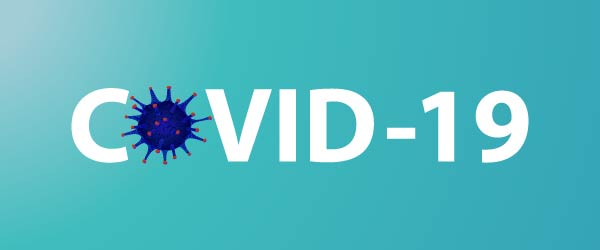
June 5, 2020
By John Fuchs, Bailie Schnackenberg, and Char Heins
On Friday, June 5th, 2020 President Trump signed the Paycheck Protection Program Flexibility Act of 2020 (the “Act”) into law.
The Act replaces the eight-week forgiveness period with a twenty-four-week forgiveness period. Borrowers will now have an additional four months to spend their PPP loans on forgivable expenses. At this time, it appears every borrower will automatically be granted the extension; however they may choose to retain the eight-week period that was initially granted. We anticipate guidance will be issued regarding how and when a borrower would make this election.
The extension of the forgiveness period also applies to a borrower’s ability to remedy reductions in employee head count or employee pay that would otherwise affect the forgiveness amount, which can be a positive or a negative depending on a borrower’s specific situation. It appears that the twenty-four-week period will be beneficial for most borrowers in maximizing their forgivable amounts, particularly if their operations are trending upward during that period of time. Certain companies may want to consider the eight-week period if they will spend their entire loan amount within the eight-week period or that anticipate having a significantly lower full time-employee calculation and/or wage reduction limitations over the course of twenty-four weeks compared to eight-weeks.
The Act attempts to give borrowers additional flexibility by lowering the threshold of funds that must be spent on payroll purposes from 75% to 60%. Importantly, in connection with this lower threshold, the Act appears to have created an all-or-nothing approach in which a borrower must spend at least 60% of the funds on payroll purposes to remain eligible for forgiveness. Several senators have already proposed methods to adjust this, but it is crucial for companies with relatively low wage amounts this year compared to their prior measuring period to analyze whether they will be able to achieve 60% of their total loan amount during the twenty-four-week period.
The Act also clarifies that no payment of principal, interest, or fees will be due until the date on which the amount of forgiveness is determined and that amount is remitted to the lender.
The Act also appears to require borrowers to apply for forgiveness within ten months after the last day of their eight or twenty-four week period, if not, the borrower must begin making payments of principal, interest, and fees.
The Act also includes certain exceptions to the forgiveness limitation requirements that are intended to allow businesses that are unable to rehire individuals and/or to return to the same level of business activity that they operated at prior to February 15, 2020 due to specific guidance issued by OSHA, the CDC, or HHS related to sanitation, social distancing, and other worker or customer safety requirements to still receive forgiveness.
Finally, any business that receives a PPP loan or forgiveness of such loan may still participate in the employer payroll tax deferral program which allows employers to defer 2020 employer paid payroll taxes with 50% of the deferred amount being repaid by December 31, 2021 and 50% by December 31, 2022.
We anticipate further guidance to be issued for the PPP, particularly with respect to the forgiveness programs and the election of the eight-week or twenty-four-week periods.
This article is general in nature and does not constitute legal advice. Please note that new guidance is being provided by authorities on a daily basis so please monitor new developments and guidance. Readers with legal questions should consult the authors John Fuchs (jfuchs@sb-kc.com), Bailie Schnackenberg (bailies@sb-kc.com) Char Heins at (cheins@sb-kc.com) or or your regular contact at Seigfreid Bingham at 816-421-4460. For more updates and information, visit our COVID-19 Resources page.
